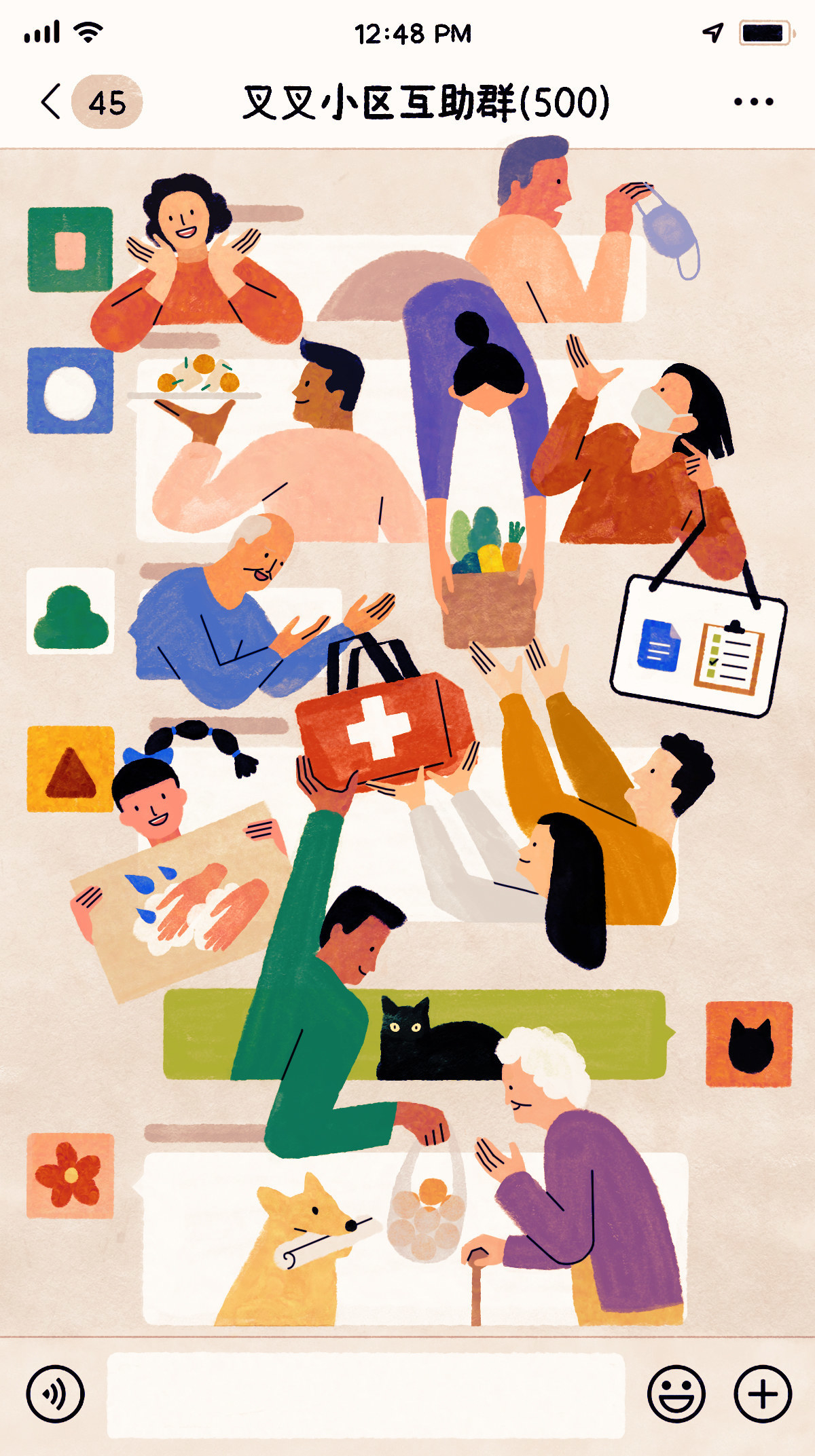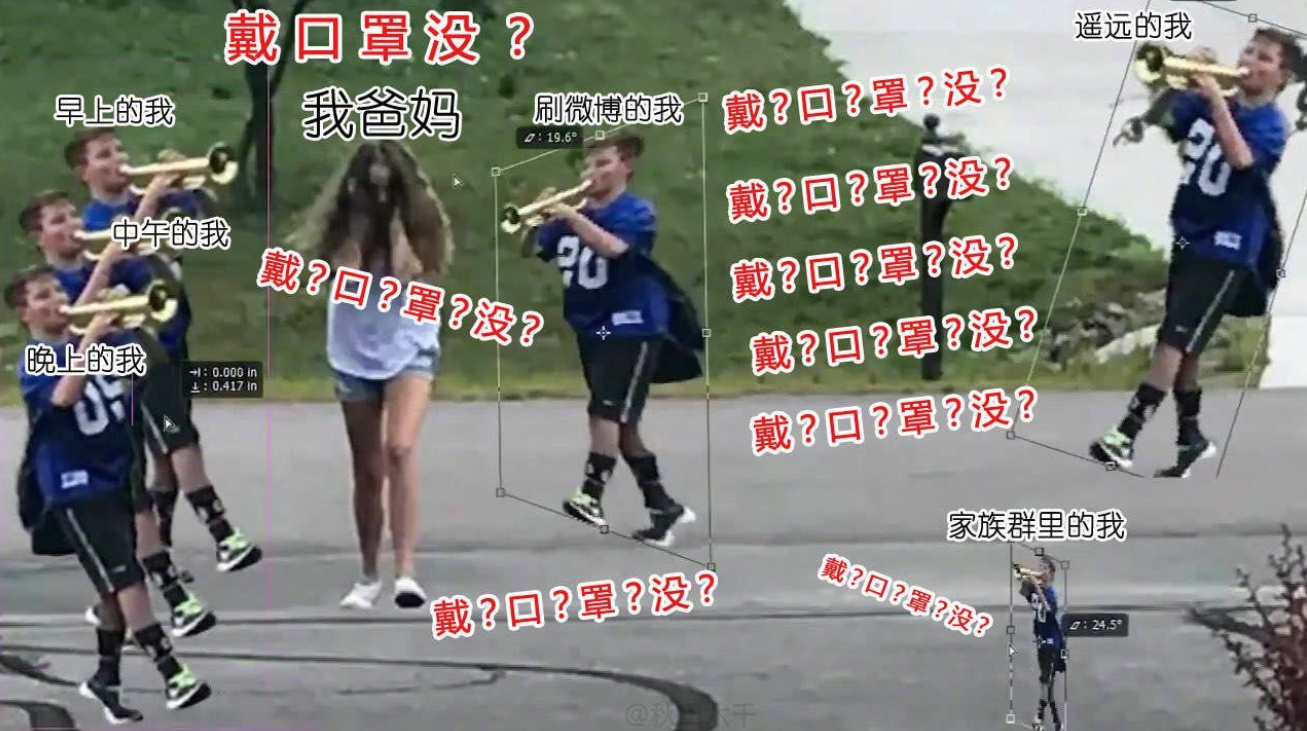The journalists at BuzzFeed News are proud to bring you trustworthy and relevant reporting about the coronavirus. To help keep this news free, become a member and sign up for our newsletter, Outbreak Today.
Years ago, I walked the bustling streets of Wuhan as a Chinese American doing fieldwork on technology use among vulnerable populations. Back in January, when I started seeing footage of those streets silent and empty due to a city-wide quarantine to slow down the coronavirus outbreak, I went back into ethnographer mode. I worked with two of my former researchers, Shayla Qiu and Reginald Zhu, in Wuhan, to conduct virtual fieldwork to understand how people on the ground were responding to this crisis.
Through a series of interviews over WeChat, I discovered a very different story about Wuhan than what I was reading in Western media. While news reports here focused on the authoritarian, top-down measures the Chinese government used to slow the rate of infection — including the suppression of information and rapid construction of temporary hospitals — the story I found was one of totally invisible, yet highly sophisticated networks of localized cooperation. It wasn’t just top-down measures that successfully slowed the infections in Wuhan, it was also bottom-up, dynamic organizing in emergent, hyperlocal groups.
Neighbors were using social media to find food and medicine, support the sick, and help each other survive.
And as coronavirus spreads across the United States and the world, we need to follow suit. We need to connect with people who live near us, centralize communication, and pool resources so we can care for one another. In a crisis where our own government’s response has felt uneven and at times misleading, we must learn from Wuhan and create our own hyperlocal support groups to come out stronger together.
When Wuhan residents recognized that quarantine would be lengthy and government resources would be stretched, they turned to each other for help. They utilized an existing social construct, the xiao qu (小区) group, which literally translates to “small district.” A xiao qu is an official designation from the city grouping together all the homes in a given area. Typically, a xiao qu captain (a volunteer or someone appointed by the property management) invites all residents into one WeChat group, which can range from 50 to 500 people in size. Wuhan has at least 7,106 xiao qu groups among its 11.08 million residents, many of which existed before the coronavirus took hold.
Once quarantines started, people realized that they could use the xiao qu to communicate with their socially distanced neighbors. And the hyperlocal network was born.
They shared information. Whenever a news report circulated on WeChat, the group would examine and vet it together, pointing to better, verified sources. When rumors about potential cures were shared, people would warn each other from trying them.
They shared uplifting quotes, memes, home exercise regimes, and recipes, but also asked their neighbors to go out and buy food or pick up medicine for them, a way of limiting group exposure. When an elderly woman without a smartphone told her neighbor that she had run out of food, the neighbor posted to the xiao qu group and her people donated portions of their groceries. When people fell ill, members fanned out into other WeChat groups to help find hospital beds and get information on caring for someone with the virus.
One widely shared Chinese meme, on the social pressure online to wear a mask: “At night: ‘when you go outdoors, wear a mask.’ At noon: ‘when you go outdoors, wear a mask.’ In the morning: ‘when you go outdoors, wear a mask.’”
Eventually xiao qu groups and businesses worked together to coordinate group purchasing. When it wasn’t feasible for grocery stores to make deliveries to individuals, members of the xiao qus pooled their orders for a single transaction with supermarkets. Sign-up sheets were made for bulk ordering of eggs, milk, and cleaning supplies. Soon the practice spread to bakeries, restaurants, and, most importantly, pharmacies.
The xiao qu groups made people feel less lonely and more connected during a time of extended isolation. So while we may not have an exact cousin of the xiao qu outside of China, we can still create similar groups to help us weather the coronavirus storm.
When New York City began instituting social distancing and staying at home, I set up my own neighborhood xiao qu. I borrowed what I’d learned from my researchers in Wuhan, and connected nearby friends and neighbors within walking distance on WhatsApp where we vetted information, shared updates on local store inventory, and checked in on those who felt ill. I’ve incorporated practices that work well in the online communities I use for work, including asking participants to agree to a code of conduct, maintaining a directory of all participants, and organizing the most frequently asked questions into a shared Google Doc.
Our group includes families, people who live alone, and people with immunocompromised systems. We have discussed topics ranging from which local stores have hand sanitizers to interesting activities to do with one’s kids. We have solved problems such as how to determine if a mask manufacturer is credible or not, how to safely send laundry to the laundromat, and which local organizations need help. People have asked the group what they should do if they feel sick. When levity is needed, members have organized virtual dance parties like tfw.nyc or told others which webcams show the cutest baby animals.
In the short time that our local network has been up, it has inspired a few other groups in Chicago, Los Angeles, and San Francisco. All of us manage our groups a little differently, but the Wuhan template remains the same: a small group of neighbors supporting one another during a time when movement is restricted, and knowledge of one’s immediate area is crucial.
Having lived through SARS and contracted H1N1, I know from personal experience that hyperlocal contacts can mean the difference between life and death. When you’re sick and scared during a quarantine, it could likely be your neighbor, not your sister who lives three states away or overwhelmed health practitioners at hospitals who could help you in that moment. Many of us keep in touch with friends and colleagues across the globe but have never really gotten to know the people on our street or in our building. That needs to change, and fast.
Federal and state responses to coronavirus are becoming more organized, but the magnitude of this crisis requires massively sustained bottom-up efforts too. This is why mutual-aid networks, caremongering, local delivery for at-risk populations, and neighborhood slack groups are being activated like wildfire across the US.
We participate in tons of social networks as lurkers, broadcasters, or participants – tiny drops in a sea of anonymity. But right now, following isn’t enough. Hyperlocal groups create an opportunity to find commonality with those who live within walking distance, the people who most need your help and who are in the best position to help you. During uncertain times like these, we don’t just need to look to scientists, governments, and industry for leadership, we also need to look to each other.
If you’re ready to start your own hyperlocal community network, here are step-by-step instructions with a link to a template and best practices.
Tricia Wang is a human tech designer and cofounder of Sudden Compass.
- China
Tricia Wang is a human tech designer and co-founder of Sudden Compass
Contact Tricia Wang at [email protected].
Got a confidential tip? Submit it here.
Source: Read Full Article





